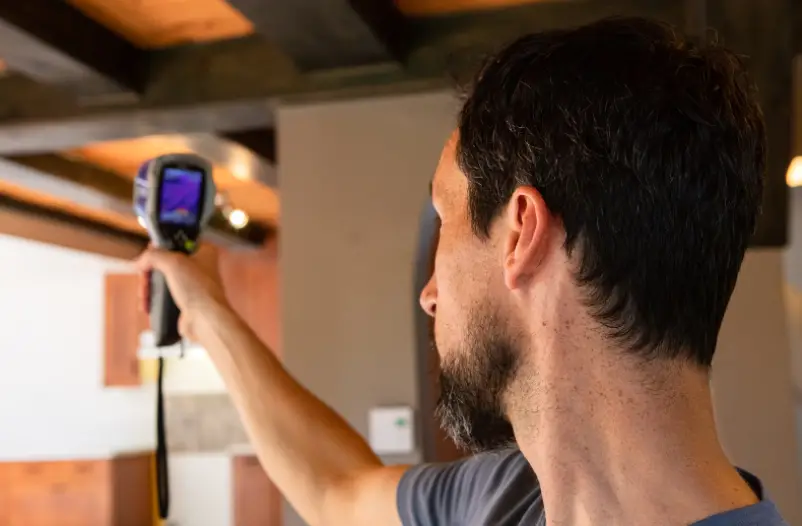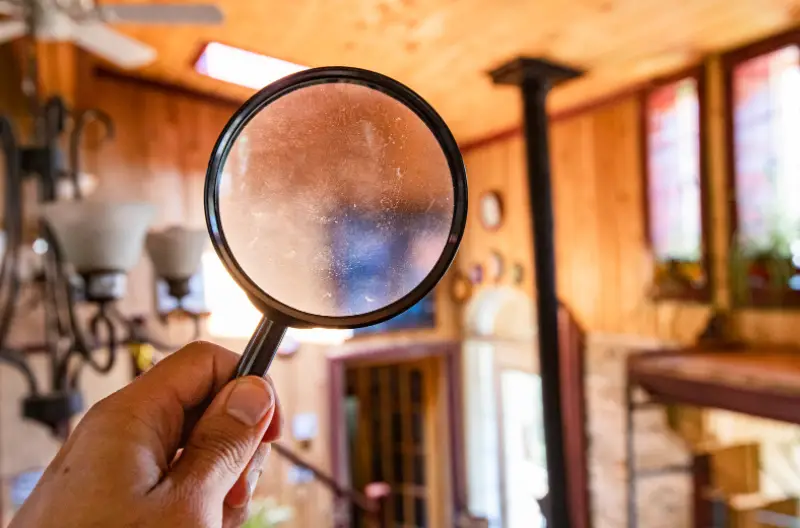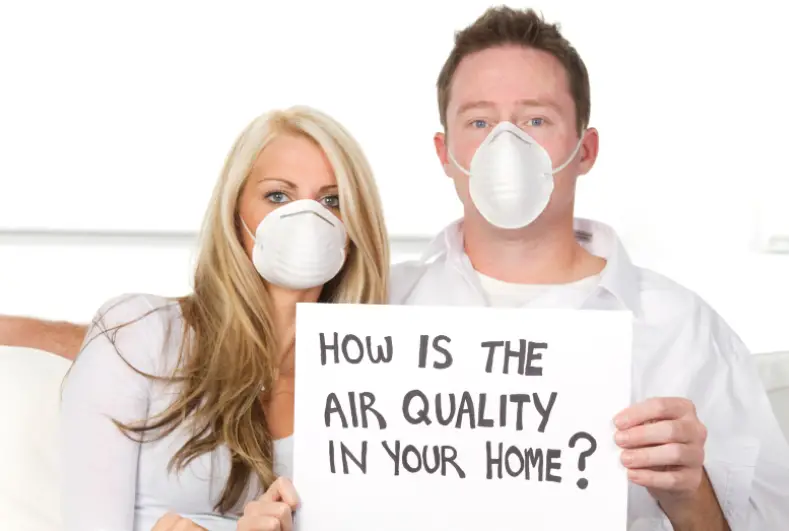
If you’re worried about the air you breathe at home, you may want to have some indoor air quality testing equipment to find out the exact numbers. If you are having difficulty in breathing, coughing excessively, and sneezing just in your home (and not in other places), the air in your home is a possible suspect.
You might also smell something off-putting, which is also rooted down in poor air quality at home. Measuring indoor air is important if you want to have healthier air in your living space. That’s because pollution, harmful gases, unwanted chemicals, and the like could contribute to making your indoor air worse than you think.
That’s why we wrote this article – to help you address your indoor air quality problems by measuring them. By knowing how good or bad your indoor air is in real-time, you can find ways to lessen the pollution you breathe.
Is there a way to test indoor air quality?
While you can’t keep the dust from coming into your house, there are ways to monitor your living space if there’s too much of it – so you will know when to thoroughly clean. If you want to find out how to test air quality in your home, here’s what you need to do:
Know if you or a household member has symptoms
The first step to test indoor air quality seems common sense, but bad air quality will manifest itself in the form of coughing, sneezing, runny nose, watery eyes, scratchy throat, and more. You or your household members can report these symptoms.
Observe if the symptoms repeat at a certain time of the day or if it’s seasonal. Try living or moving temporarily in another home then going back to your living space. If you are only getting the symptoms in your home, the bad air quality is a possible culprit that you need to address.
In cases of extreme dizziness and confusion, there’s likely a gas leak, so you should be alarmed if this is the case. Symptoms of dangerous levels of carbon monoxide include those two mentioned above, as well as headache, vomiting, a bad stomach, and chest pains. Carbon monoxide is fatal to humans, which is why you should always monitor it at home.
Get an indoor air quality monitor
An IAQ monitor is a device that you’ll need to measure indoor air quality. It detects VOCs (volatile organic compounds), dust levels, and AQI or Air Quality Index, which is a standardized scale by the EPA (Environmental Protection Agency) to measure pollution and its relationship to human health.
Aside from that, you can also check other extras, such as the current temperature and humidity. Did you know that excessive humidity (that sticky feeling) can cause indoor air pollution as well? If you live near coastal areas where humidity is high, mold growth can cause spores to go around the house and cause headaches and other health symptoms.
If you have an air purifier for dust and pet hair at home, there’s also a chance that it has an indoor air quality monitor that reports in real-time while cleaning the room. However, you can also opt for a standalone IAQ monitor if you like.
When in doubt, call an expert to do the job
For those who are new to carbon monoxide detectors or cleaning out mold problems from your plumbing system, it’s best to get help from the professionals who know how to clean your house inside and out. Plumbing systems can get mold, which can cause symptoms such as headaches and dizziness.

Is there a device to check air quality?
Yes, there’s a device called the IAQ or the indoor air quality monitor. It is a small panel with a display that informs you about your air quality levels at home (or in an office) in real-time. They are used for a wide variety of purposes, such as for detecting harmful gases and finding out if your air quality at home is safe amidst wildfire smoke.
While most IAQ monitors are plugged in, some are battery-operated as well. They also vary in terms of design so you can choose the one that best suits your living space. Most of these monitors can be operated using your smartphone, which makes them convenient.
Supposed that you get notifications from your phone that your air quality levels are concerning, that’s when you can turn on your air purifier for large areas to its turbo mode. This is useful for those with air purifiers that do not have an automatic sensor or speed adjuster.
How can I tell if my home air quality is bad?
So, how do you know if your current indoor living space has bad air quality? Here are some signs to look for:
You find it hard to sleep comfortably
If the air is too stuffy for you to sleep comfortably at night, it’s probably due to pollution and bad smells getting locked inside your home.
Excessive coughing and sneezing
Are there two or more people in your home coughing and sneezing? This calls for a big concern. It means that there are a lot of allergens around the house – and you need to address them.
Frequent dizziness and headaches
High mold levels are often linked to frequent headaches and dizziness. Check if one of your areas, such as the kitchen or the laundry room, has excessive mold or poor plumbing.
Too much dust around the house
Try touching the tables, chairs, and other surfaces in your home. Do you often see dust even if you clean up every single day? That is a sign that you need to go all-out on your dust cleaning.
Lingering musty smells
As mentioned above, mold is also a problem when it comes to air quality. It emits a rather musty smell, which causes people to feel dizzy.
Conclusion
Whether you want to improve indoor air quality during wildfires or simply want to breathe easier when you work from home in your office, it’s important to know about your indoor air quality so that you’ll be aware when you need to clean thoroughly. We hope that this article helped you in keeping your indoor space healthy and safe!



